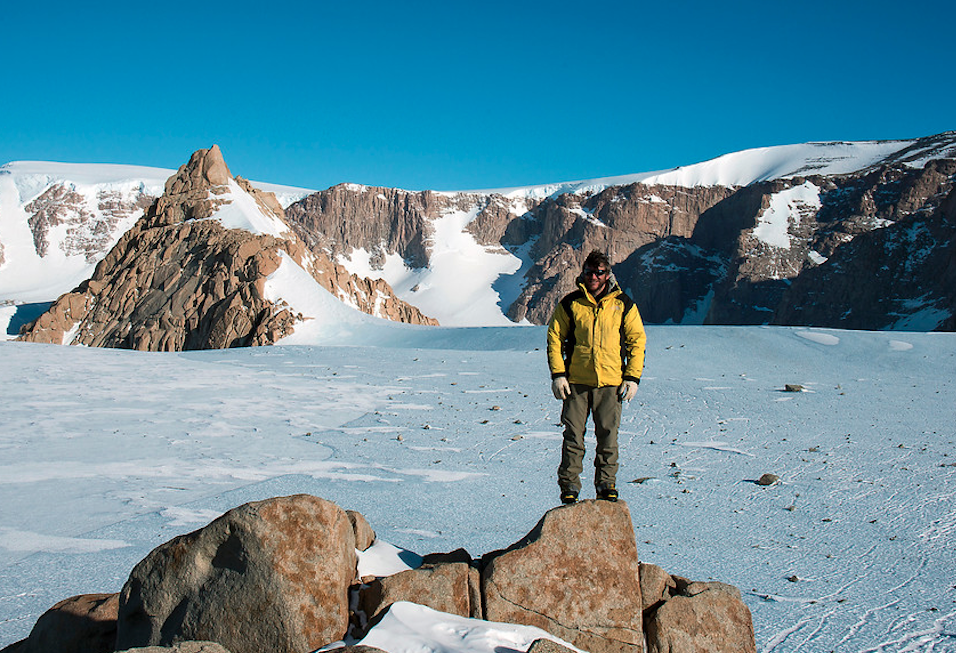Difference between revisions of "Template:POTD protected"
Jump to navigation
Jump to search
Westarctica (talk | contribs) |
Westarctica (talk | contribs) |
||
| Line 1: | Line 1: | ||
{| role="presentation" style="margin:0 3px 3px; width:100%; text-align:left; background-color:transparent; border-collapse: collapse; " | {| role="presentation" style="margin:0 3px 3px; width:100%; text-align:left; background-color:transparent; border-collapse: collapse; " | ||
|style="padding:0 0.9em 0 0;" | [[File: | |style="padding:0 0.9em 0 0;" | [[File:Bennett Nunataks.png|300px]] | ||
|style="padding:0 6px 0 0"| | |style="padding:0 6px 0 0"| | ||
The '''[[ | The '''[[Bennett Nunataks]]''' are two rock [[nunatak]]s 0.5 nautical miles (1 km) apart, lying 0.5 nautical miles north of Lackey Ridge in the [[Ohio Range]] of the [[Horlick Mountains]]. | ||
The nunataks were surveyed by the United States [[Antarctic]] Research Program Horlick Mountains Traverse party in December 1958. The Bennett Nunataks were named by the Advisory Committee on Antarctic Names for John B. Bennett, a geomagnetist-seismologist at [[Byrd Station]] in 1960. | |||
<p><small>Photographer: David Soto</small></p> | |||
<p><small>Photographer: | |||
[[:Category:Images|'''(More Featured Images)''']] | [[:Category:Images|'''(More Featured Images)''']] | ||
<div class="potd-recent" style="text-align:right;"> | <div class="potd-recent" style="text-align:right;"> | ||
Revision as of 06:56, 25 February 2019

|
The Bennett Nunataks are two rock nunataks 0.5 nautical miles (1 km) apart, lying 0.5 nautical miles north of Lackey Ridge in the Ohio Range of the Horlick Mountains. The nunataks were surveyed by the United States Antarctic Research Program Horlick Mountains Traverse party in December 1958. The Bennett Nunataks were named by the Advisory Committee on Antarctic Names for John B. Bennett, a geomagnetist-seismologist at Byrd Station in 1960. Photographer: David Soto |